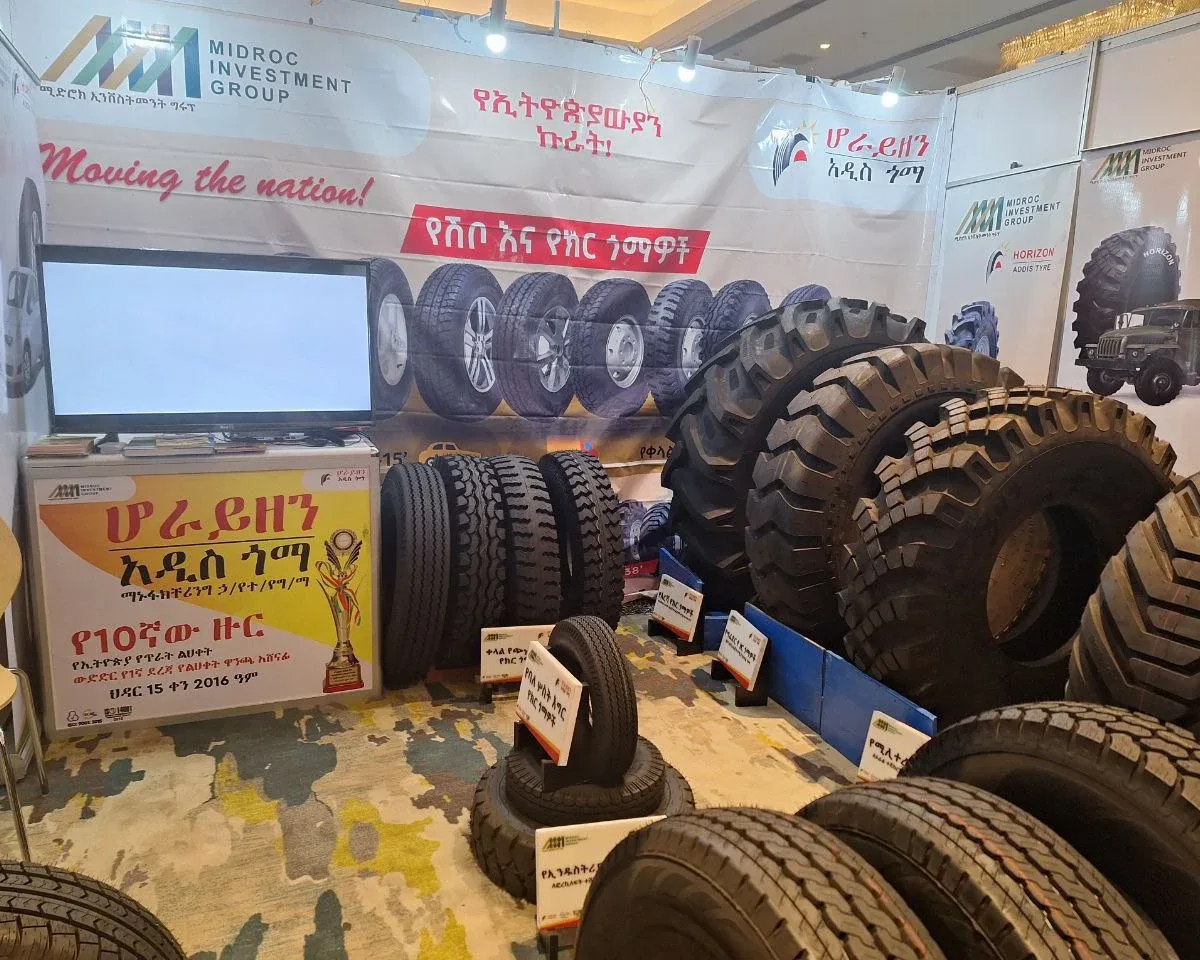A landmark production technique developed by the Bio and Emerging Institute looks to cut tire manufacturing costs by half through replacing essential imported inputs with local alternatives. The state-owned enterprise has developed a method to replace nanosilica, an inorganic compound with wide-scope applications in industrial production, with derivatives from local acid manufacturers.
While the compound is commonly applied in the medical industry as a drug carrier and as a source of bioavailable silicon in agriculture, its use as a polymer filler has made it a critical input in the tire production industry.
Wondimagegn Mamo (PhD), Head of the Nanotechnology Directorate at the Institute, expects intense utilization of Ethiopia’s silica sand deposits to accelerate the growth of the tire manufacturing industry. He also noted the potential source from the outputs of local sulfate factories as an undervalued source of nanosilica deposits.
“We are at an ideal point to begin mass production of the material,” he told Shega.
The director pointed out the competitive advantages of locally producing nanosilca through its significant cost-cutting benefits. It is used in concentrations ranging from 5pc to 20 of the total weight of the rubber compound with source materials like silica and silicon tetrachloride.



No Comment Found.